An Ode to Kitchen Table Magic

Magic The Gathering can be a fun, exciting and sociable hobby. However, with Wizards of the Coast seeming to release more content than ever, as well as rather large price tags associated with constructing viable decks, Magic can also be extremely financially intimidating. A step back and a look into a more relaxed form of the game (often affectionately referred to as 'Kitchen Table Magic'), can be a welcome change of pace to the official formats.
I have been playing Magic The Gathering for around 10 years, and although that statement gives me uneasy thoughts about how much money I've shelled out for small pieces of cardboard, my experience with the game has largely been a positive one. However, being a fan of Magic The Gathering in 2023, it can be difficult not to feel a little overwhelmed or run down with it all. Wizards of the Coast are set to release 8 sets this year, matching the number of sets released in 2022, and with the pace that these new cards are hitting the shelves it can be hard to keep up. Combine this with the growing collection of Universe Beyond products, such as the recently announced Doctor Who commander decks, as well as a constant stream of Secret Lair cards being released and you get one very expensive hobby.
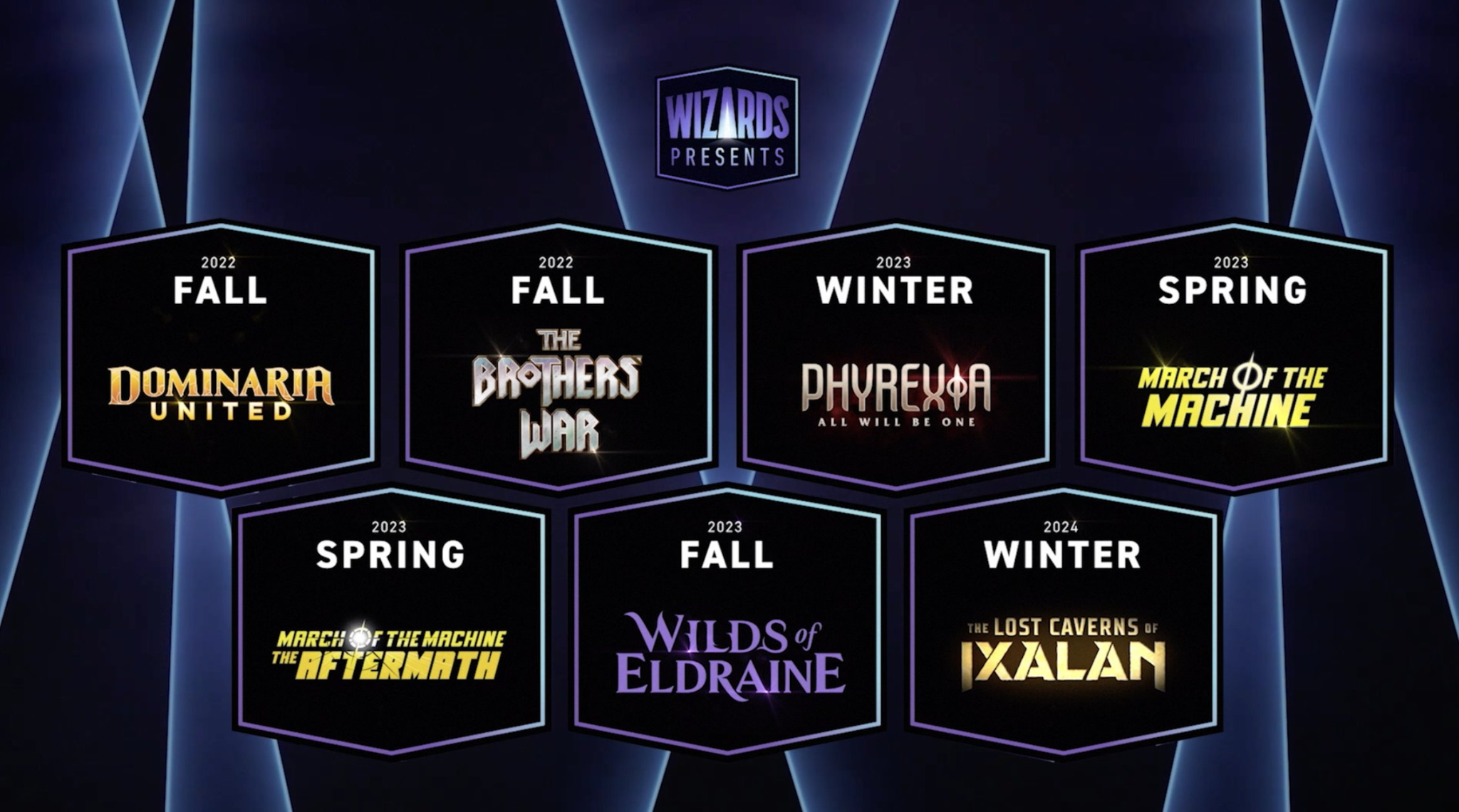
Of course, some of you may not see an issue here, more cards and content for a game you love can hardly be a bad thing, can it? Well, certainly some of these sets, such as 2022's Dominaria Remastered, which featured remastered versions of some of Magic's best cards across its 30 year history have been great additions to Magic's catalogue. However, even if every set released across the year was absolutely stellar, it becomes difficult simply to keep track of them all. Those that do want to keep up-to-date with each set are going to end up paying for it, with the average price of booster packs on the rise. This becomes further apparent for those that want the best cards of each set and therefore may be buying collector boosters, a much more expensive 15-card pack which holds guaranteed 5 rare or higher cards. The average price of these packs is between £20-30 each but can be more, with the upcoming Commander Masters collector's having a pre-order price of around £60.
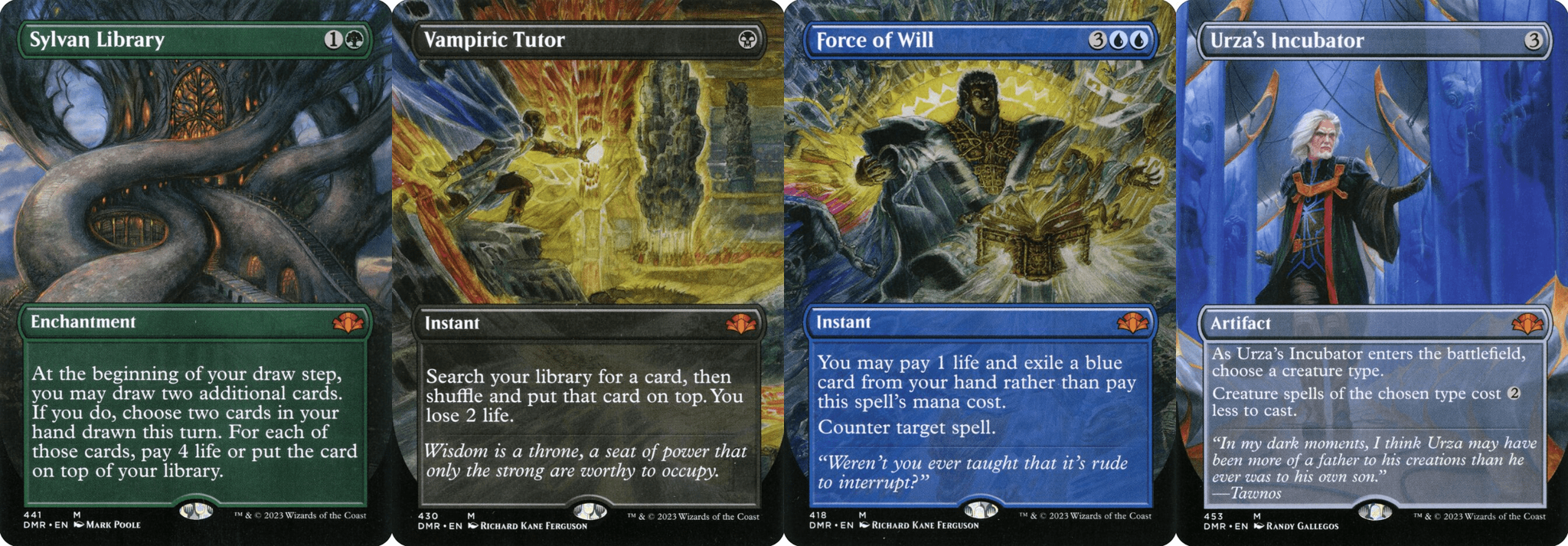
This financial strain is combined with another that hasn't changed much over the years, the cost of building a deck for constructed play. Arguably the most popular way to play Magic The Gathering is in a format called Commander. There are many other constructed formats within Magic The Gathering, each with their own benefits and flaws, but the issues I'm going to mention here are applicable to the majority of these formats also. For those new to the game, Commander involves taking one Legendary creature card as your commander and building an exactly 100-card deck around their colours and abilities. You may cast your commander from the 'command zone' whenever you have the mana and priority to do so, which allows you to really build a deck that suits their abilities, without worrying about the random chance of drawing them from your library.
The big difference here in deck building is not just the change from the 60 card minimum, but also the fact that you can only have one copy of each unique card in your deck, excluding basic lands. These rules can make the process of creating a deck a fun challenge, but is also where the costs can start to rise because, for each individual card you put in your deck there might be another you could use in its place which is much better, but also much more expensive. Of course, the best commander players are always going to want the best possible cards for the commander they are using, and upgrading your deck to the best it can possibly be can easily cost thousands.
While these prices make Commander far from the most expensive format to play in (with paper Legacy decks able to cost £50,000+), these are still prices many will be unable to meet. For a more budget friendly option, it is possible to purchase official pre-constructed Commander decks for around £40, which is a very reasonable deal considering the contents. However, the struggle will emerge if you bring this simple deck into an event with players who have spent a lot of time and money constructing their own commander decks. Because essentially the only barrier to having the best cards in your deck is the amount of money you're willing to spend on it, the prices of these decks will likely include several single cards worth more than your entire pre-con deck. It's safe to say that when pairing up against someone with this kind of deck, you need to hold a deck of a similar power level to stand any chance of winning, and frankly having any fun.

To mitigate the ridiculous power differences between a deck with no budget compared to one with, for example, a £40 budget, there are also non-constructed formats. These are known as Limited and each person attending these events or tournaments will not bring any deck with them. Instead, everyone will be given booster packs to open and will have to construct a (minimum 40-card) deck out of what they open in each pack. This means that everyone is playing at around the same power level, and mitigates the need to purchase incredibly expensive cards just to get your foot in the door. The main issue that arises here is that Limited play is common around the release of a new Magic The Gathering set. Typically, Limited events can normally be attended during a pre-release period one week before the set officially launches so that everyone will be using the cards for the very first time.
The issue that begins to arise in this case relates to something we mentioned earlier; with the number and frequency of Magic The Gathering Sets seemingly on the rise, keeping up with Limited events can be difficult and expensive. This is especially the case in current years, where Magic The Gathering has become more expensive than ever. Of course, the prices here are much milder than that of high-end Commander or Legacy decks, and attending these events are a great way to support your local gaming store. However, paying for boosters and entry fees with each new set can still start to burn a hole in your pocket.
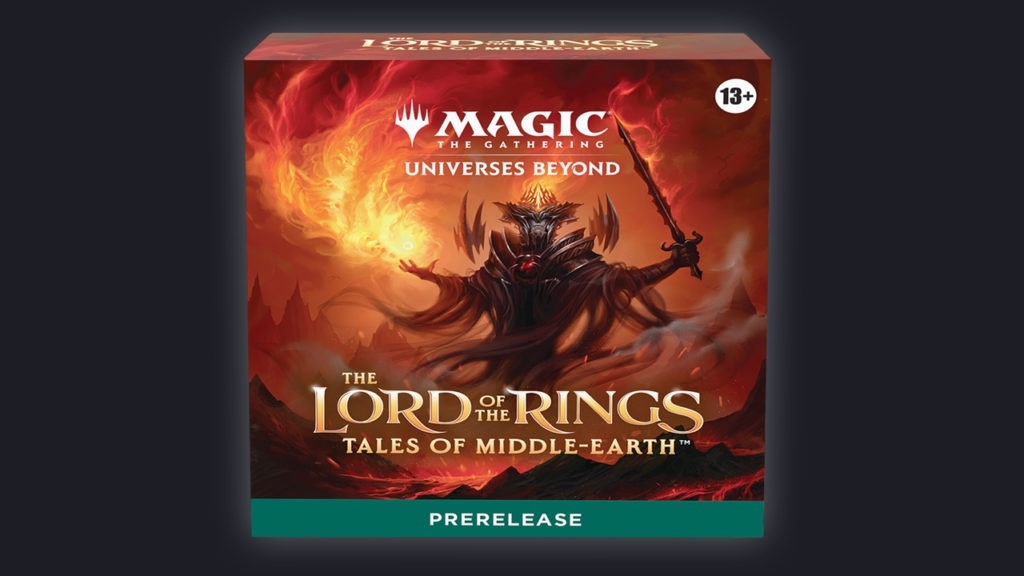
All of these financial logistics, however, were nowhere to be found when I first started getting back into Magic back in 2020. Though I had been playing the game since around 2013, this mostly consisted of the occasional game or two with my brother with one of our mismatched decks, which were crafted from whatever cards we had lying around. I hadn't actually bought any Magic products in years though, and was content with using my shaky catalogue of cards due to how little I played. This changed with the first UK lockdown in March of 2020, when suddenly the idea that I couldn't meet with my brother and sling some spells on the table, made me want to play the game more than ever. This was only heightened when perusing the upcoming sets and finding amongst them Ikoria: Lair of Behemoths. This set entirely captured my attention, I mean, a Magic set with Godzilla cards, what is there not to love? So I purchased some cards in the form of a booster box, even if I couldn't use them I just had to have them.
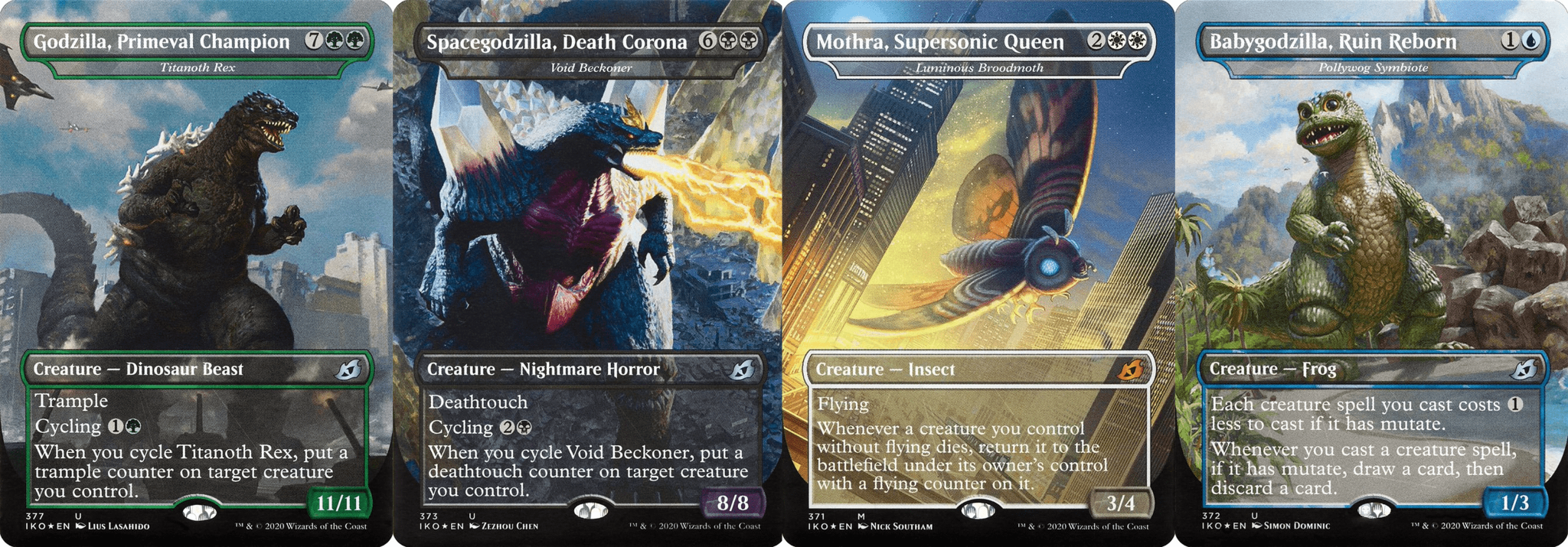
Now, at the time, I was at University living in a shared house with a few friends. Despite these people being some of my greatest friends, I'd yet to share anything with them quite as nerdy as Magic The Gathering really is, but seeing as we were literally unable to leave the house, hiding my delivery was out of the question. Fortunately, as I opened and organised my boosters on the kitchen table, one of these great friends started to take an interest and, after a little persuasion, so did another. Eventually enough interest was stirred amongst the three of us that talk of playing a game started to brew but with limited funds to our names we weren't sure where to start. Eventually I had the idea to each pick our favourite animal and find as many Magic cards related to it to build our decks around, (something I had no idea was already an established tradition called Tribal among the community), and thus our journey into Kitchen Table Magic began.
For those curious, after some searching my pick was for a deck based all around frogs, a creature type which has actually started to gather more interest recently. My opponents ending up being a monkey deck and a rat deck, three suitably different creature types. Those familiar with tribal decks may know that the rat creature type is easily the strongest of these three with the highest number of cards and the best support, but we had no idea, and honestly didn't really care. What mattered the most about each of our decks was drawing our cards each turn and seeing those creatures that we loved most. My absolute favourite of these were three cards with the ability to spread the love and turn my opponents' creatures into 1/1 frogs. The idea that I could take the largest and most threatening of creatures and zap them into a frog was, and frankly still is, absolutely wonderful to me and I built my entire deck around this premise.
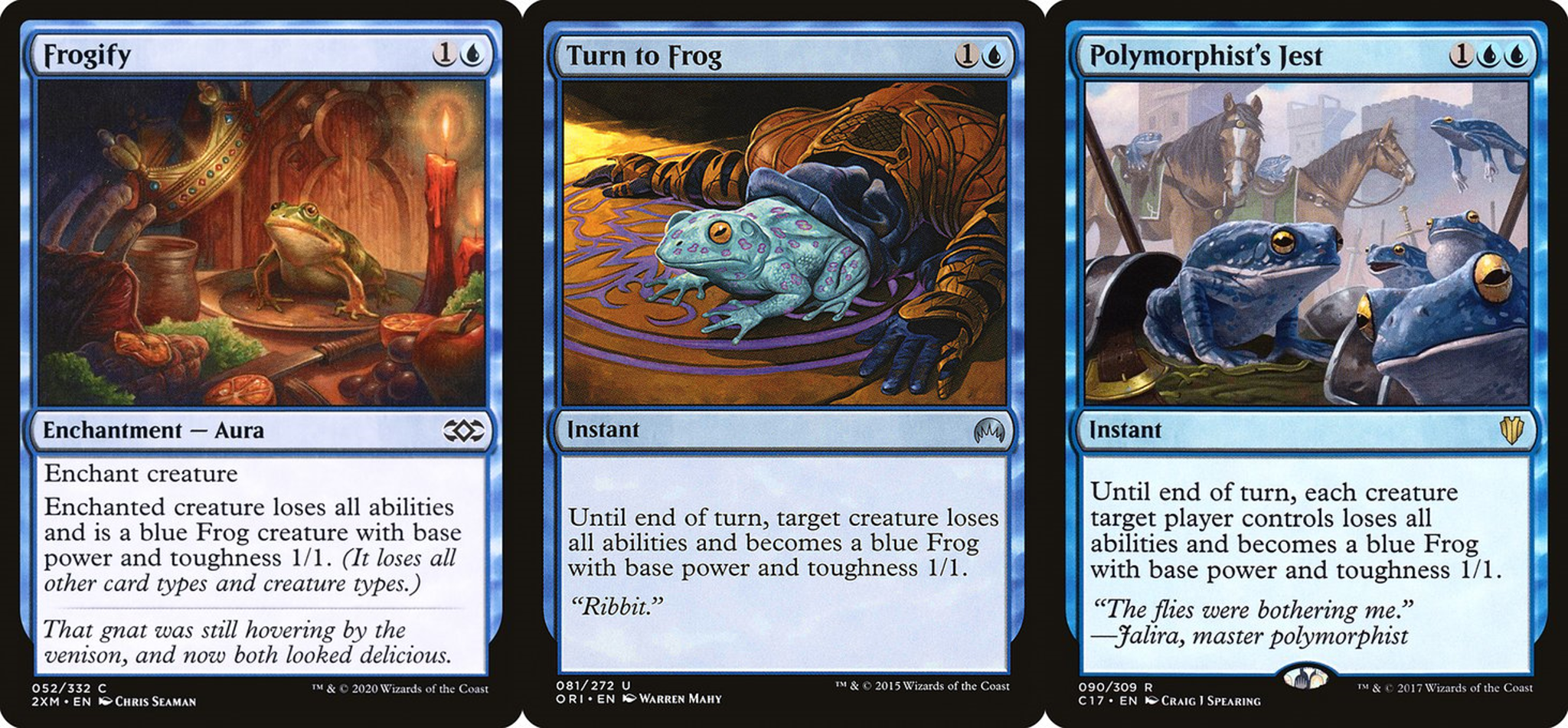
Looking back, was this the best way to build my deck? Was it even a good way? Absolutely not. But the glee it would give me to turn any amount of creatures into frogs with Polymorphist's Jest, and then deal 1 damage to each of them with some red spell such as Blazing Volley was absolutely worth it. Ignoring the fact that I had built my deck with absolutely no way to capitalise on this board wipe, this was the best feeling ever. Of course this strategy rarely won me games and honestly when it came to deck building I had very little idea what I was doing, this was also before there was much of any support for the frog creature type within Magic, so my options were certainly limited. This is thankfully starting to change now though with extremely fun cards such as Grolnak, The Omnivore and Testsu, Toad Rider (pictured below). I was absolutely content though with my deck and the viability of it was hardly important within our games, nobody was trying to win any awards or pull off some insanely broken combo, we were just having fun.
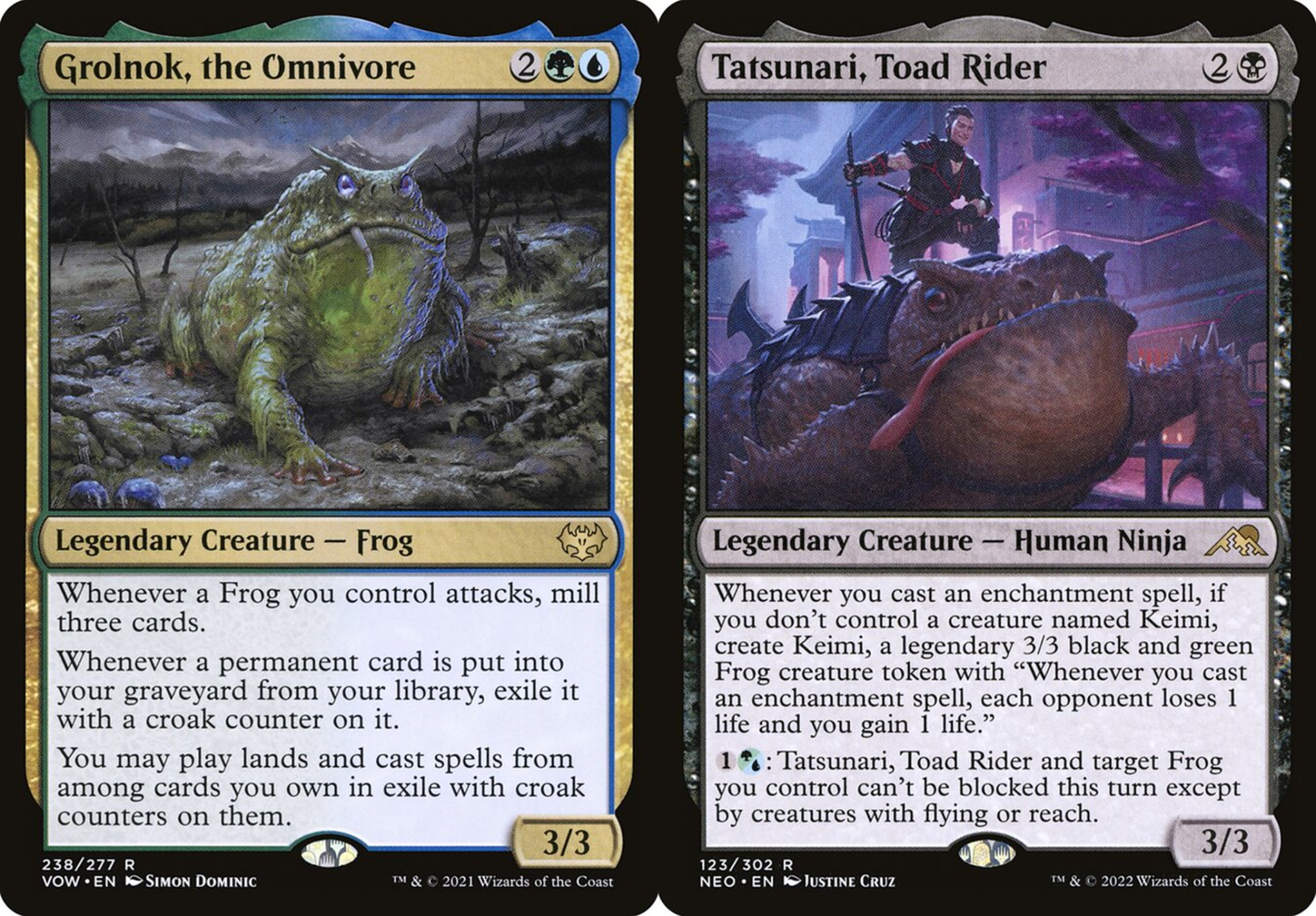
To this point, one thing you may have noticed about these animals is that none of them have the ability to fly, leaving very little options in terms of evasive creatures that get around your opponents traditional defences. The solution here? We all just agree to not put any flying into our decks. These kind of mutual agreements and house rules are some of the best parts about Kitchen Table Magic, it's a format best played with respect of your opponent and rules that put the fun of each player first.
Another example of this fun coming first for our group was when monkey deck was looking to expand its numbers a little, and in looking through the available cards under the ape and monkey creature type, we discovered the Uktabi ape cards. For those unfamiliar, Uktabi Orangutan was a card printed in 1996 with some rather unfortunate art. The forefront of the card features a harmless orangutan hanging on a tree branch, however within the background are two more monkeys who are positioned in a way that makes it seem as if the artist may have walked into the jungle in the midst of mating season. This wasn't noticed until after release, when several people pointed out the artwork.
From then on the card became its own joke, which Wizards acknowledged in the best possible way in 2004 with their Unhinged set which saw the print of Uktabi Kong, a souped-up version of our original orangutan depicting the same two monkeys in the background celebrating their pregnancy. When we found these cards, they absolutely had to be part of monkey deck, and it's this example of how light-hearted and genuinely funny Magic The Gathering can be that we tried to embrace in each of our kitchen table games. Wizards have actually continued to recognise this infamous card as recently as last year with the Jumpstart 2022 set, which featured new art for Uktabi Orangutan showing that the baby monkey has since been born and named Kibo. Kibo even got his own card which had an alternate art card handed out as part of the Jumpstart 2022 pre-release events and would make a great commander for a monkey based EDH deck!

To wrap up I want to acknowledge that there is a lot of fun to be had in constructing the very best decks, going to events like Friday Night Magic, and playing in Limited tournaments. At the end of the day, whichever format you choose to play the game will always be the best way so long as you're having fun. I do think though, that it's easy within the community to become burnt out with high-end play formats and that to sit down and play a few games with some fun and silly decks and absolutely no stakes at all can be a very welcome break. These kitchen table games have been some of the most fun I've had playing Magic The Gathering and it's a shame because it's a way of playing the game that I don't see talked about almost at all amongst the community. At the end of the day, Magic is a game, and I think there's something really special about taking things a little less seriously and sitting up to the table with a deck you made purely for a fun idea or just because it has a really cool frog in it.
Post a comment